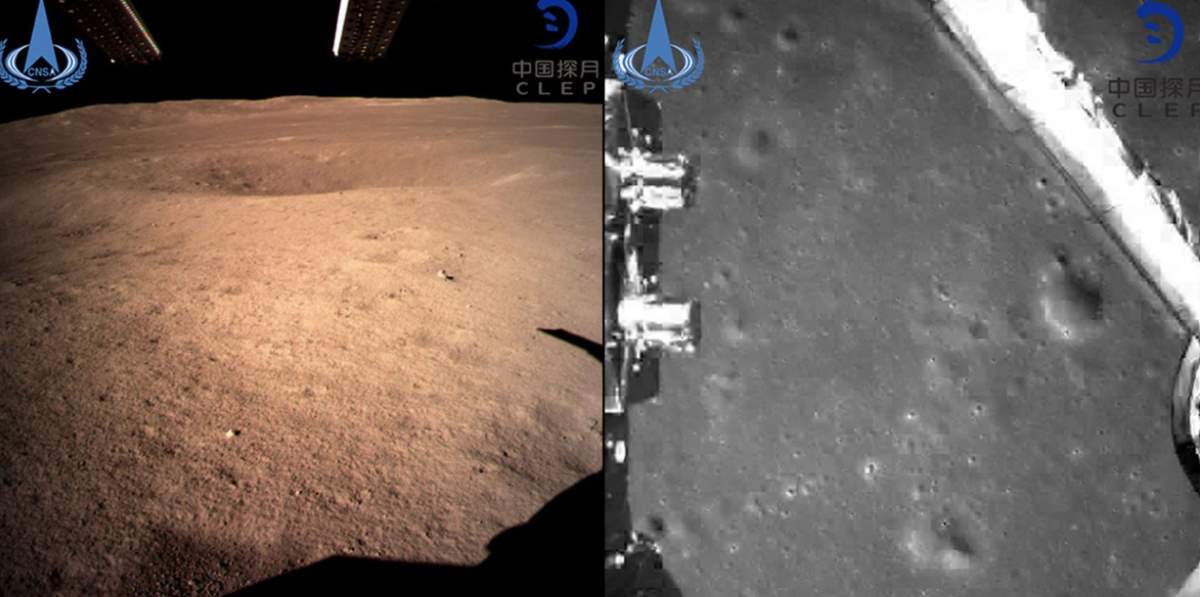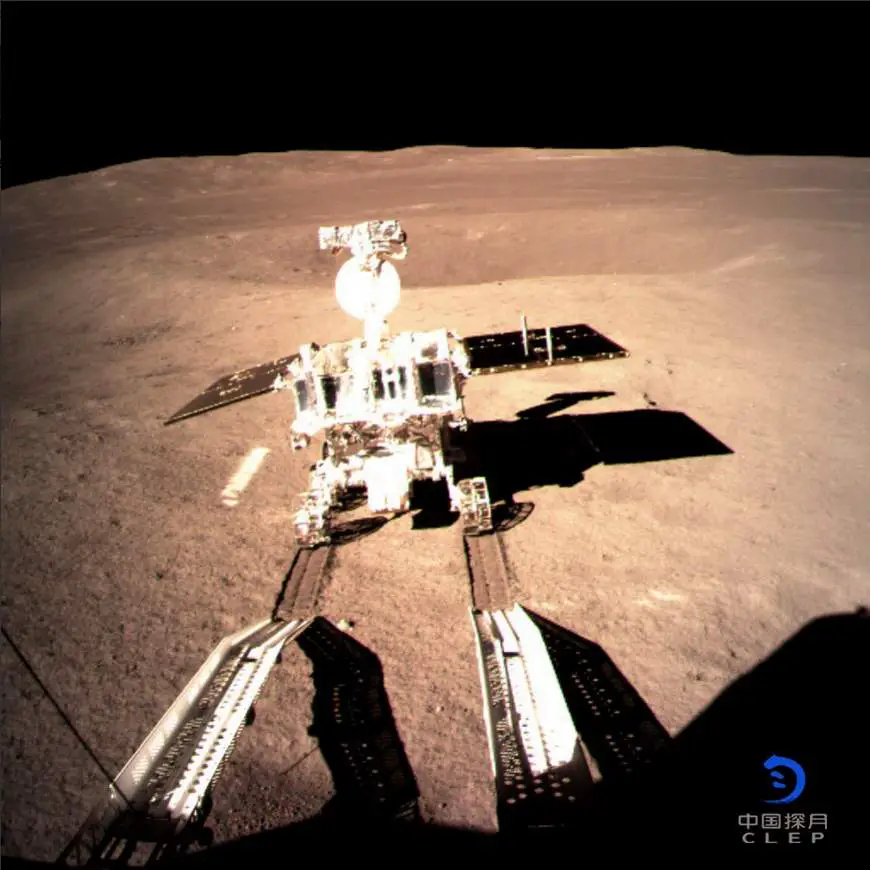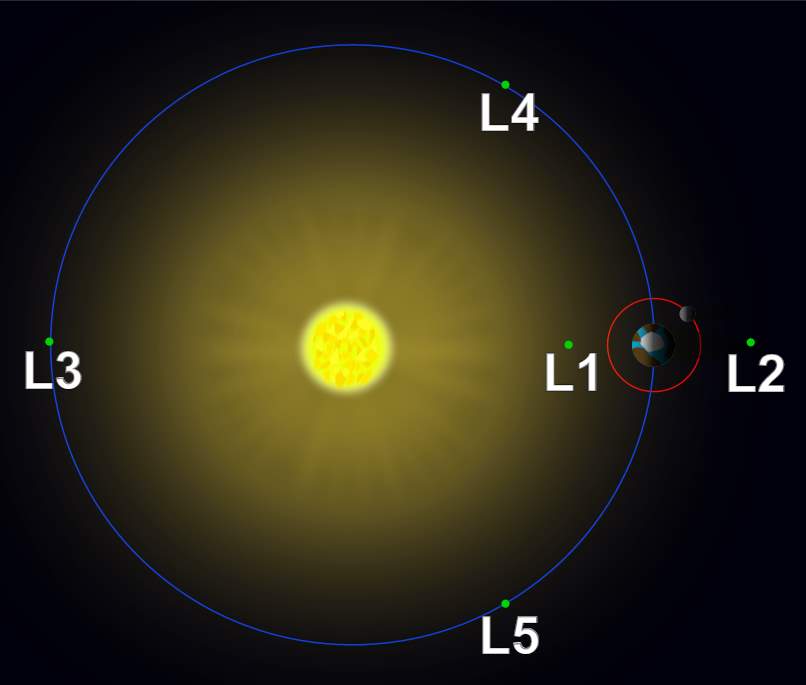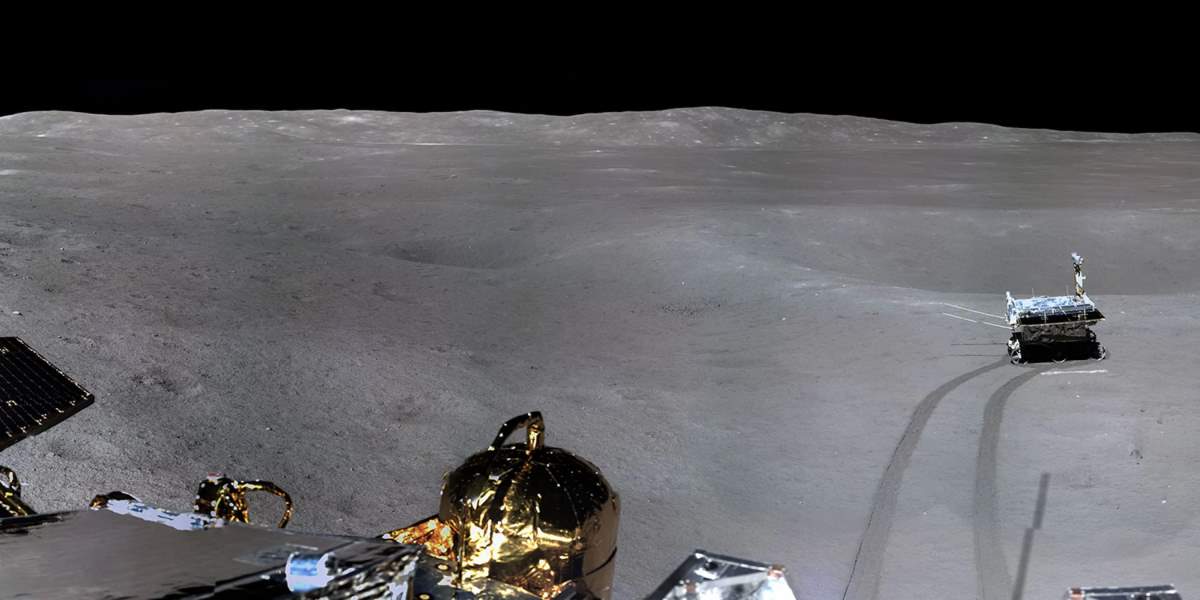Today, on January 3, 2019, China’s lunar lander and rover
China National Space Administration (CNSA) landed the robotic rover in the unexplored South Pole-Aitken basin, the largest, oldest, and deepest crater on the moon’s surface. At roughly 2,500 kilometers (1,600 mi) in diameter and 13 kilometers (8.1 mi) deep, it is also one of the largest known impact craters in the Solar System.

It landed specifically within a crater called Von Kármán, The crater is named after the Hungarian-American mathematician, aerospace engineer, and physicist Theodore von Kármán (11 May 1881 – 6 May 1963). He was the Ph.D. advisor of Qian Xuesen (11 December 1911 – 31 October 2009), the founder of the Chinese space program. So, the landing site of Chang’e 4 has symbolic as well as scientific value.
Theodore von Kármán was also the first person to calculate at which altitude the atmosphere becomes too thin to support aeronautical flight and arrived at 83.6 km (51.9 mi), in other words, the edge of space. Today, that edge is known as the Kármán Line (see notes 1).

Chang’e 4
The follow-up to Chang’e 3, the first Chinese landing on the Moon on December 14, 2013, Chang’e 4 was launched on December 7, 2018.
These missions are named after
Chang’e 4 was launched on December 7, 2018. entered orbit around the Moon on December 12, 2018. The lander touched down on the far side of the Moon on 3 January 2019 at 02:26 UTC.
A lunar communications relay satellite, Queqiao, meaning “Magpie Bridge”, is a key component of
The spacecraft took 24 days to reach L2, using a lunar swing-by to save fuel. On June 14, 2018, Queqiao finished its final adjustment burn and entered the L2 halo mission orbit, which is about 65,000 kilometers from the Moon. This is the first lunar relay satellite at this location (another “first” during the
Queqiao will provide a continuous communications link to Earth while the probe does its exploratory work on the far side of the Moon: a job the lander and rover can’t do for themselves because the whole rocky body of the Moon would get in the way.
Microsatellites
During its journey to the Moon, Queqiao dropped off a pair of student-made micro-satellites, Longjiang-1 and Longjiang-2. Their purpose was to test out future radio astronomy and interferometry techniques.
Each satellite weighs just 45 kilograms (99 lbs) and measures 50-by-50-by-40 centimeters (20-20-16 inches). They both also were carrying a camera each, built by Saudi Arabia.
Unfortunately, Longjiang-1 had a problem and didn’t make it into lunar orbit. Longjiang-2, however, was successful and sent its first set of photos to the Earth back in June 2018.
Science objectives of the mission
The specific science objectives of the Chang’e 4 lunar landing mission are:
- To measure lunar surface temperature over the duration of the mission
- Measure the chemical compositions of lunar rocks and soils
- Carry out low-frequency radio astronomical observation and research
- Study of cosmic rays
- Observe the solar corona, investigate its radiation characteristics and mechanism, and to explore the evolution and transport of coronal mass ejections (CME) between the Sun and Earth.
Notes
- The Kármán line, or the Karman line, is an attempt to define a boundary between Earth’s atmosphere and outer space. There is no international law or agreement defining the edge of space: The Fédération Aéronautique Internationale (FAI), which is an international standard-setting and record-keeping body for aeronautics and astronautics, defines the Kármán line as the altitude of 100 km (62 miles; 330,000 feet) above Earth’s sea level. Other organizations do not use this definition. For instance, the US Air Force and NASA define the limit to be 50 miles (80 km) above sea level for purposes of awarding personnel with outer space badges.
- In celestial mechanics, the Lagrangian points are positions in an orbital configuration of two large bodies where a small object affected only by gravity can maintain a stable position relative to the two large bodies. The Lagrange points mark positions where the combined gravitational pull of the two large masses provides precisely the centripetal force required to orbit with them. There are five such points, labeled L1 to L5, all in the orbital plane of the two large bodies. The first three are on the line connecting the two large bodies and the last two, L4 and L5, form an equilateral triangle with the two large bodies. The two latter points are stable, which implies that objects can orbit around them in a rotating coordinate system tied to the two large bodies. Several planets have minor planets near their L4 and L5 points (trojans) with respect to the Sun, with Jupiter in particular, having more than a million of these. Artificial satellites have been placed at L1 and L2 with respect to the Sun and Earth, and Earth and the Moon for various purposes, and the Lagrangian points have been proposed for a variety of future uses in space exploration.

Sources
- China successfully lands Chang’e-4 on
the The far Chang’e historic - China’s Chang’e-4 lands on the moon’s far side on EarthSky.org
Chang’e 4 on Wikipedia- South Pole-Aitken Basin on Wikipedia
- Kármán line on Wikipedia
- Moon Landings: All-Time List [1966-2025] - February 2, 2025
- What Is Max-Q and Why Is It Important During Rocket Launches? - January 16, 2025
- Top 10 Tallest Rockets Ever Launched [2025 Update] - January 16, 2025
